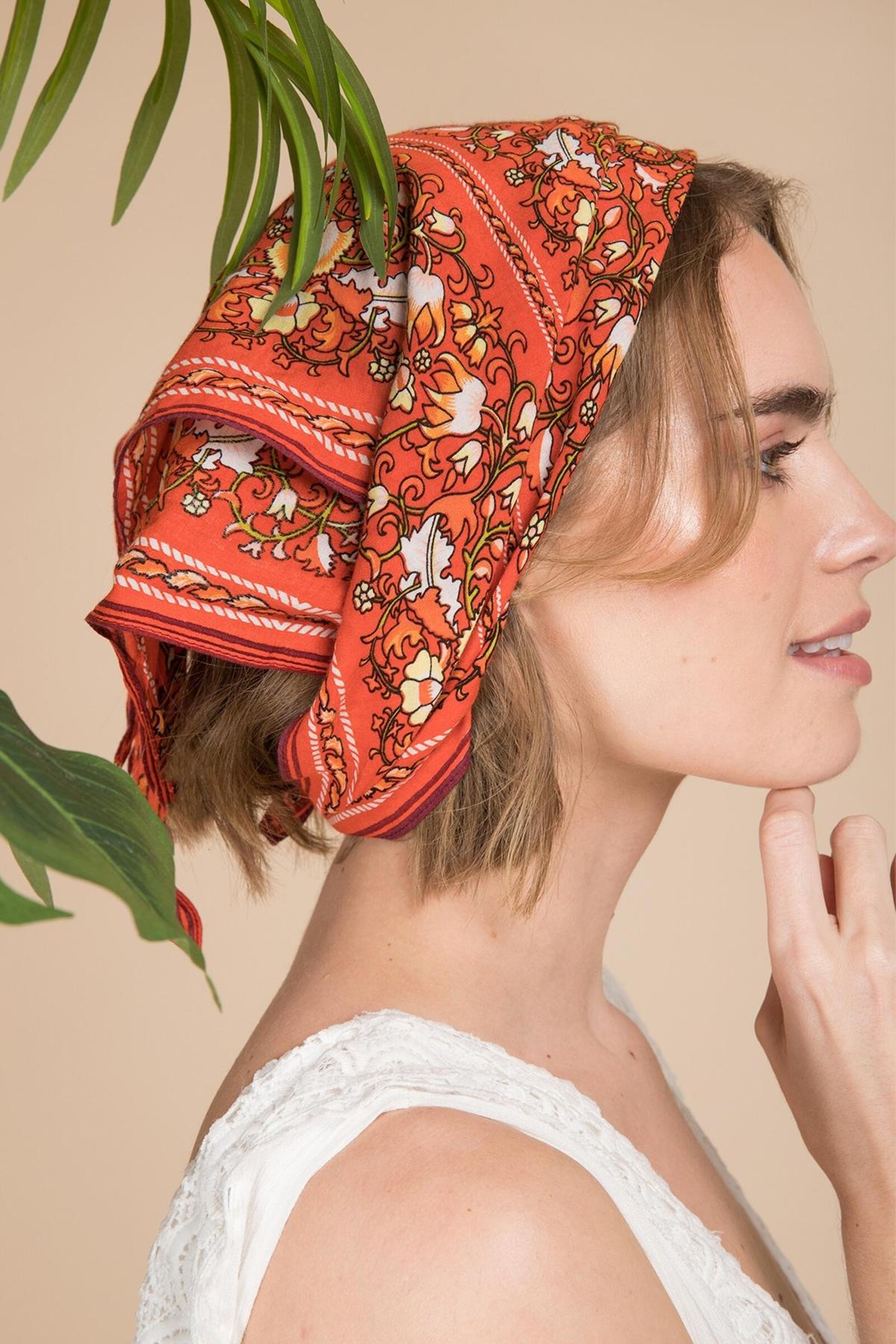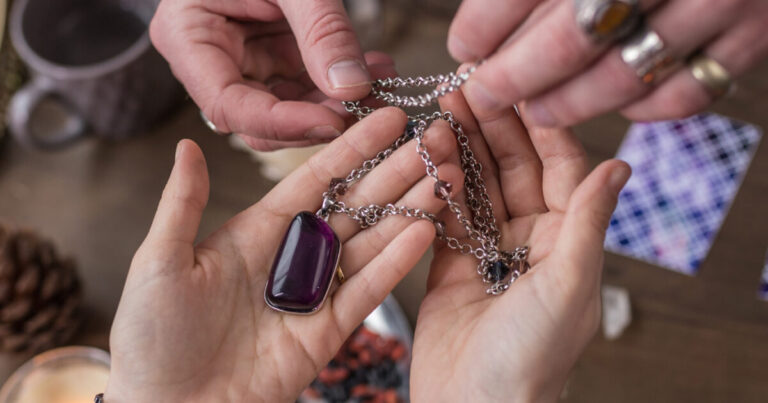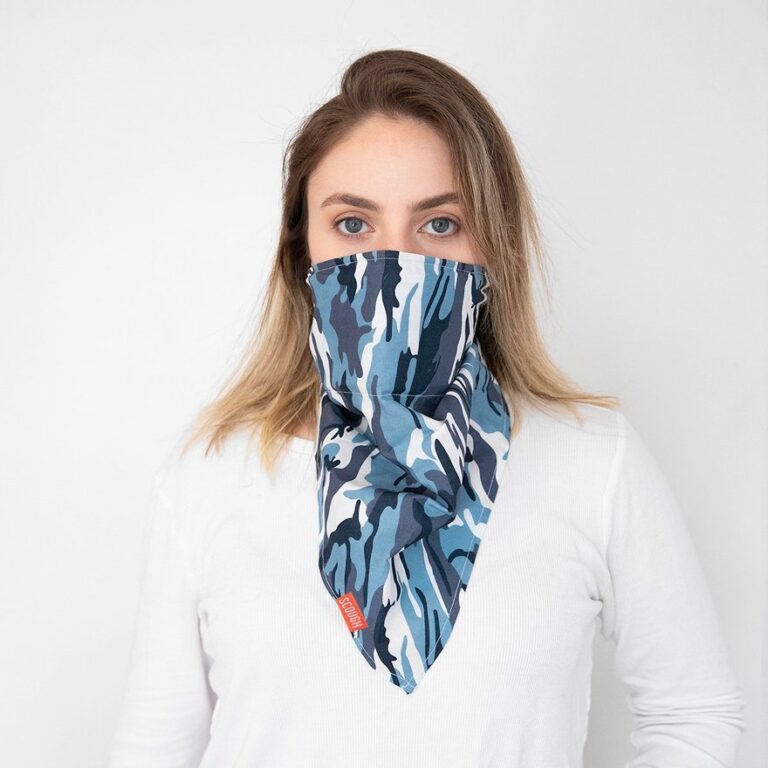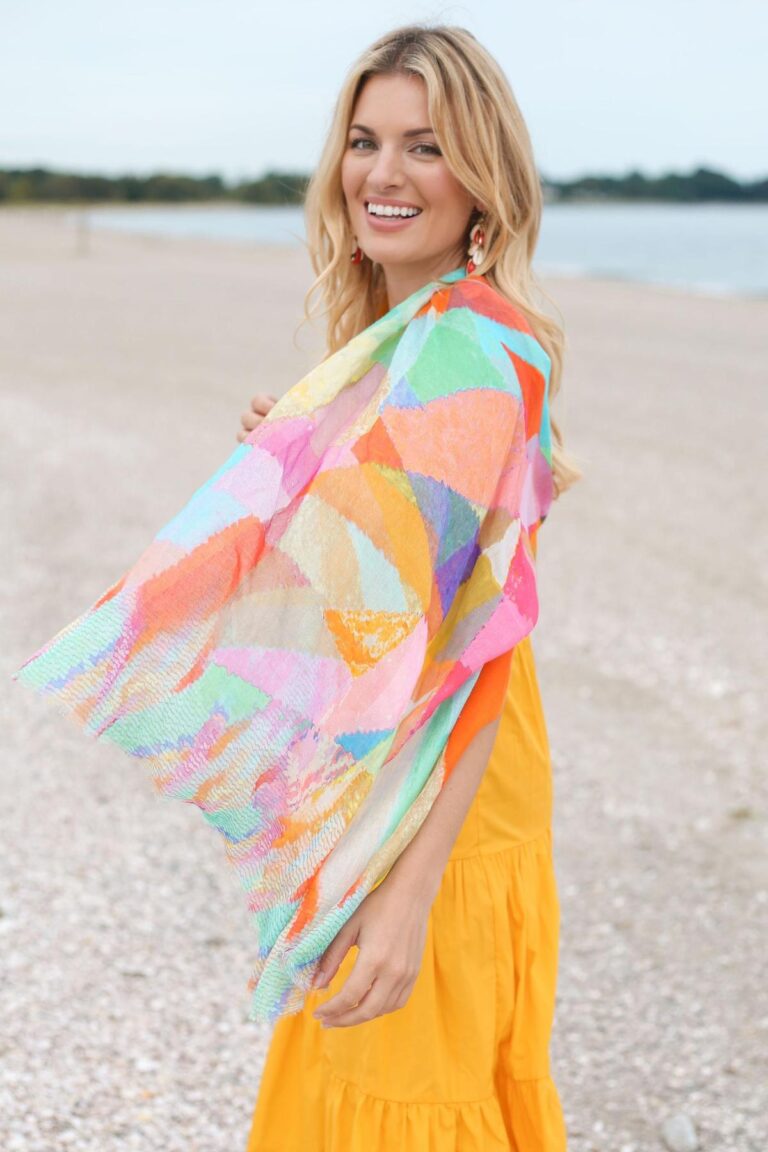You see them in back pockets, around brows, on necks and in any event, cleaning noses. The bandana is perhaps the most flexible garments to have entered the closet of present day western development. There are an endless number of approaches to utilize that light square of around 20 by 20 inch fabric, yet where did the bandana as far as we might be concerned today begin?
From antiquated South Asian roots to an early American rebrand, we’re diving deep on the exemplary bandana.
Suggestive fit, size and capacity of the hanky, which has been being used since antiquated Roman and Greek occasions, the bandana is characterized as a printed, square-molded piece of plain-woven cotton, called cambric (in spite of the fact that it very well may be made of silk). This isolates the bandana from its harbinger, which was generally produced using material and had less accentuation on prints and shadings rather than name weaving and so forth.
The bandana has served a significant capacity for ages, worn by any semblance of mariners, sailors, ranchers, cowhands, bikers and diggers, and its utilization even reaches out to the LGBT people group, gangsters and general radical culture. Furthermore, the two-tone paisley-printed cotton cambric material has made considerable progress from the customary oppose color strategies of Turkey and India, now and again addressing political missions and nationalism, at others, helping in the advancement of mainstream society and other 20th century promoting.
The actual word is suspected to come from the sanskrit word ‘badhnati’ which means ties or to tie. Through colonization and exchange, the name discovered its way into the English word reference around the mid-eighteenth century. Badhnati was subsequently anglicized into ‘bandannoe’ through Portuguese and ultimately it came to be the bandana we know today.
From Persia to Paisley
You may be astounded that the well known paisley design that a large portion of us partner with bandana doesn’t really come from Paisley, Scotland, yet rather the area of Kashmir (when part of the Persian domain).
Paisley is generally known as an unmistakable, multifaceted example of bended plume molded figures, initially dependent on an Indian pinecone plan. Having perused a huge measure of hypotheses in the starting points of the paisley, or ‘boteh’ as they call it in Persian, this probably won’t be an altogether exact depiction of the example.
Advocacy of the Bandana
A fundamental occurring in the advancement of the bandana came during the American Revolution. Martha Washington, the spouse of Continental Army general George Washington, had a keepsake bandana made including the resemblance of the Commander-in-Chief.
The thought went to her when she met a printmaker by the name of John Hewson. Hewson was a skilled craftsman and, all the more critically, not reluctant to oppose the British restriction on material printing at that point. Hewson planned a bandana of her better half riding a horse, brightened with guns, banners and a ring of special content, featuring Washington’s devotion to freedom and American autonomy.
Bandanas in Workwear
Subsequent to turning into a publicizing medium, the bandana turned into a much more significant image in the battle for laborer’s privileges. The West Virginia Coal Miners March of 1921 was one of the biggest equipped uprisings in labor history and, at the walk, more than 10,000 United Mine Workers wore red bandanas to request associations, an occasion many compare to the promotion of the deprecatory term “redneck.”
It was a fight between barely equipped excavators and outfitted lawmen of Logan County, however President Coolidge brought in government troops to help the strikebreakers. With in excess of 100 setbacks—primarily from the positions of the coal excavators—and very nearly 1,000 captures, the executives beat the competition, however the work development would start a change that at last prompted better conditions for association laborers everywhere on the country.
Turkey Red and the Mainstream Bandana
Delivered for quite a long time in the east, the Turkey red-coloring interaction would later got inseparable from printed cottons in Scotland, and consequently the first, standard bandana. Brought to Scotland in 1785 by a French business person, it was then received by producers in the Vale of Leven, Dunbartonshire.
It was a both perplexing and difficult cycle, including madder root and alizarin to fix the color to the material, just as sheep’s compost, bullock’s blood and pee. This honestly odd blend delivered a profoundly esteemed shading, one that wouldn’t blur with daylight and washing–otherwise known as colorfast. The marvel of shading quickness was another and esteemed idea, however the utilization of the term wasn’t really presented until at some point around 1916.











+ There are no comments
Add yours